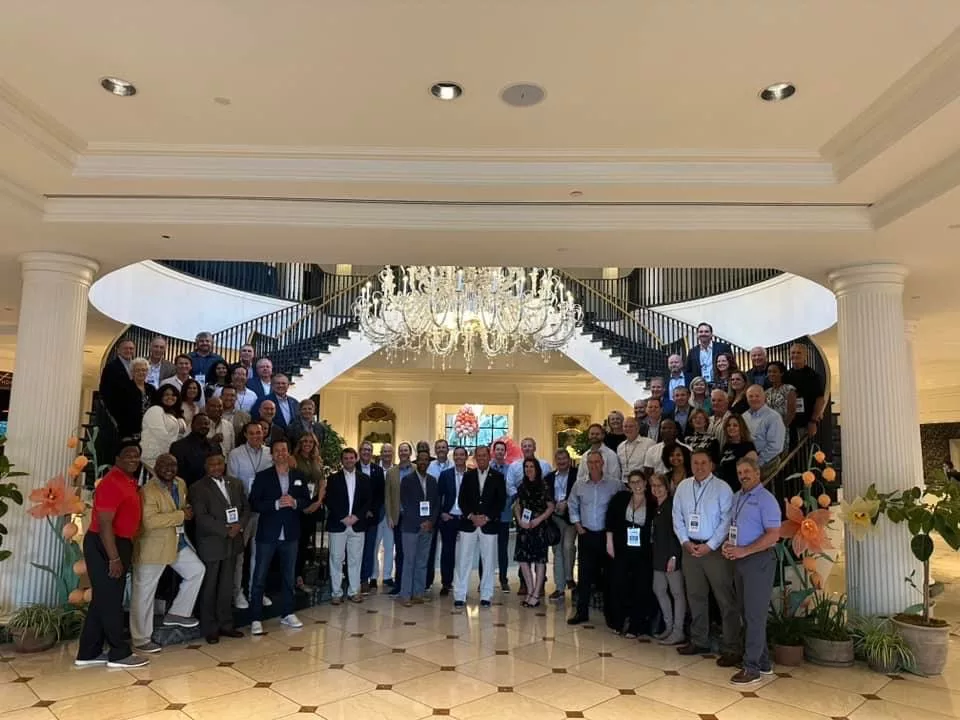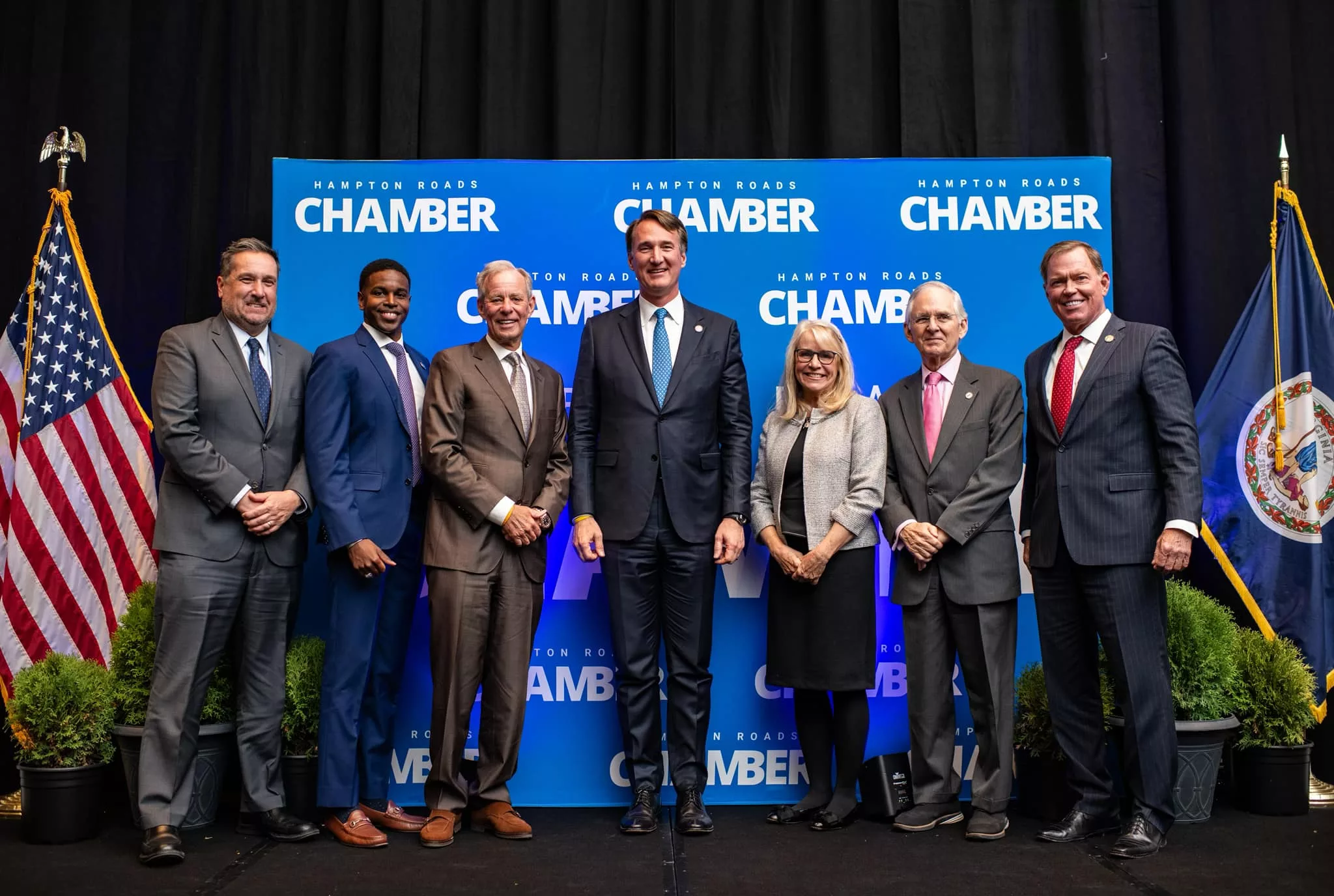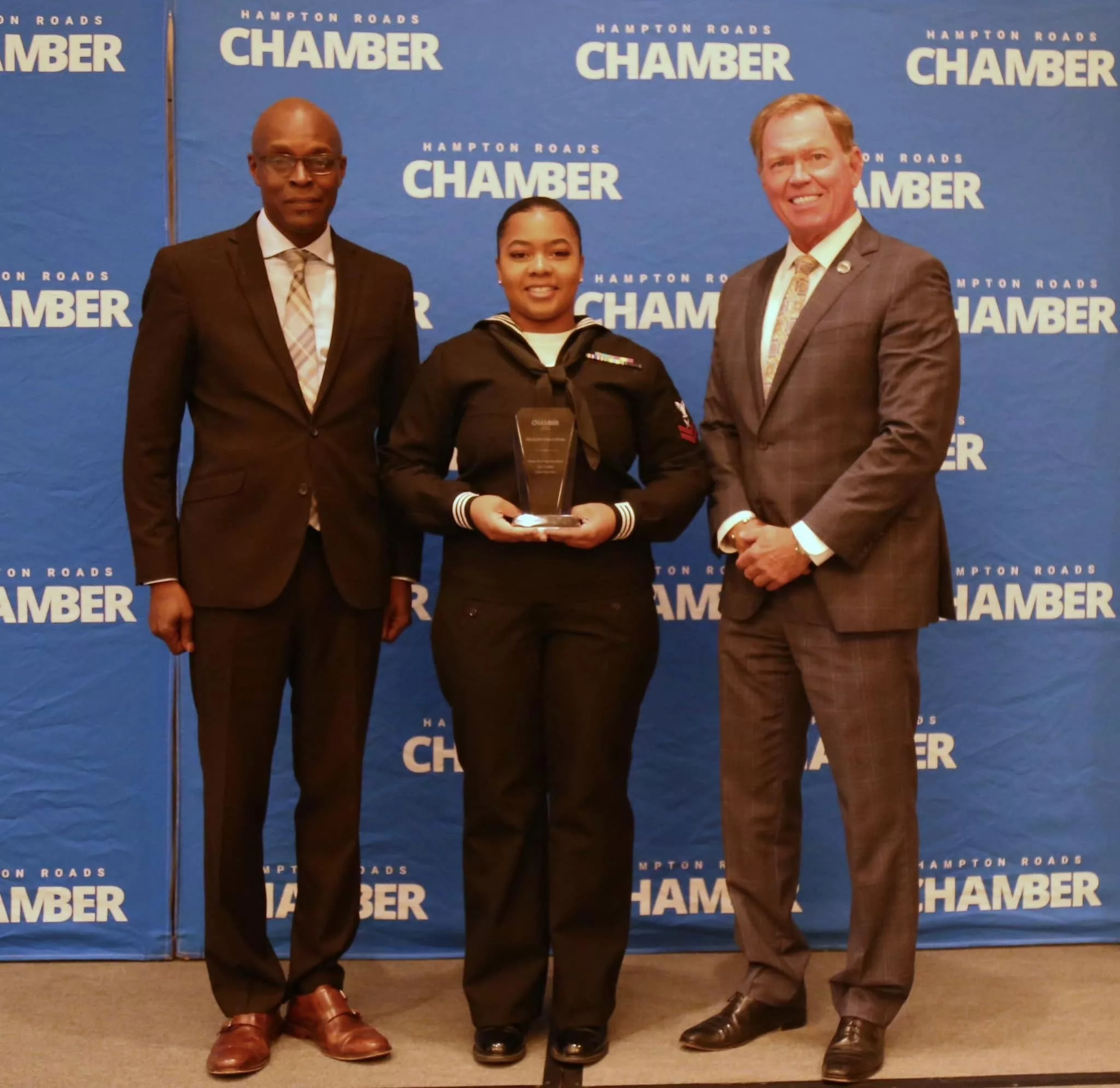
News

Learning from Charleston’s Wins & Loses
In May the Hampton Roads Chamber hosted a Leadership Exchange to Charleston, South Carolina to learn from leaders in that city about how they addressed regional challenges. The delegation of 80 people from Virginia included industry leaders, elected officials, and members of the regional planning organization. The goal was learning from Charleston’s wins & loses.
“Bringing together regional leaders and members of the business community to learn from other localities is a valuable tool in making Hampton Roads the best place to do business,” said Bryan Stephens, CEO and President of the Hampton Roads Chamber. “We learn from their experiences and bring back information to improve the economy of the region.”
The annual Leadership Exchange (LEX) is a learning opportunity covering a variety of topics, including economic development, transportation, and tourism. Charleston was selected for this year’s trip, due to the many similarities the locality has with Hampton Roads.
Charleston is a coastal town of 800,000 residents with 8 million visitors annually. Over the past 30 years the region had to adapt to the closure of a military base and the resulting impacts of that on the local economy, an expansion of the Port of Charleston, and a growing population.
Charleston’s Mayor John Tecklenburg, said after the base closure the localities worked together to build a new economy in the region. He said that it was the regional approach to responding to the base closure that aided in a successful economic recovery for the region.
“Working together and branding several localities under one, has helped to create the regions identity and that resonates with business and tourists,” Tecklenburg said.
In addition to Teckenlenburg, mayors from neighboring counties joined leaders from Hampton Roads in a Fireside Chat moderated by Robert Crum, Executive Director of the Hampton Roads Transportation Planning District Commission. Mayor Rick West of Chesapeake, Mayor Shannon Glover and Mayor Bobby Dyer of Virginia Beach participated in the chat. One of the key takeaways from this discussion is the importance of well-defined strategy and plan for a region to collectively get behind.
The agenda for the LEX included the following topics, selected for their potential to provide insight on ways Hampton Roads leaders could learn from regional leaders in Charleston.
One Region Roadmap
Prior to the trip, participants reviewed Charleston’s One Region Roadmap that was put together in the late 1990’s as a way to bring the city and surrounding counties together to work as a unified region. The leaders in the region that worked on the plan presented on how the process was managed. Lessons learned that could be applied here in Hampton Roads include developing a unified plan, with a centralized measuring unit, and a neutral agent to manage the management and execution of the plan.
Economic Development
Economic Development was a key element of the Charleston plan to move ahead after the base closure. One of the larger industries to locate in the region in the past decade is Volvo, who built their US headquarters there.
Ida Stahl, Procurement Manager with Volvo Cars, identified some of the reasons Volvo selected this location. They included a strong workforce as well as the state’s work to establish suppliers locally to support the plant. The key element Stahl shared was that regional leaders worked with Volvo to meet their current needs and plan for future growth. This process took a while, but Charleston believes it has been a benefit to the local economy.
While Stahl presented specifics from the experience Volvo had with region, executive directors from the localities shared their perspective on how they attracted Volvo. The key element that they shared was that they worked as a team and were in frequent contact to make sure the company was getting the answers they needed to make a decision. LEX attendees learned that this cooperation among the local governments has resulted in over 14 billion in capital investment in the Charleston region.
Talent Retention and Young Professionals
Attracting business to a region is key to economic growth, but a key element to attracting a business is the workforce to support it. Attracting and retaining talent in a region has been a focus of the Charleston region. Leaders credit a regular talent demand study to providing them with the data necessary to create the environment to build and retain a strong workforce.
Young professionals are a key driver to developing workforce and Charleston has been a region attracting over 25 people new residents a day, many of them young professionals, who say the region is attractive because of the many things to do.
Tourism
A large driver of the economy in Charleston is tourism, just as it is in Hampton Roads. Charleston has a historic district, museums, aquarium, and beaches. The number of similarities for the tourism industry in Charleston and Hampton Roads are countless, but the one main difference is the regions approach to marketing.
Tourism marketing in the Charleston region is collaborative. Leaders said that this approach to branding the region as Charleston has bene successful in attracting visitors to the area. The influx of visitors has encouraged growth for businesses supporting the tourism industry, including hotels and restaurants.
In addition, they identified the local approach to historic preservation by applying a business model that helps to sustain properties in the historic district.
Growing the Airport
Air service in Hampton Roads has been a topic of discussion for the business community for well over 20 years. Similar to Hampton Roads, Charleston has a regional airport that has seen many additions over the years. Like Norfolk International Airport the Charleston airport is also looking to the future with renovations and expansion to support an increase in flights.
Elliott Summey, CEO of the Charleston International Airport, talked about the importance of the airport to the success of the regional economy. He shared that while current traffic is about 2.6 million passengers annually, he expects that will double in the future and the expansion is to accommodate the increased travelers to the region. He believes that the current plans for his airport will be an asset to the business community in the region.
Visit the Hampton Roads Chamber for upcoming events and more event recaps.





